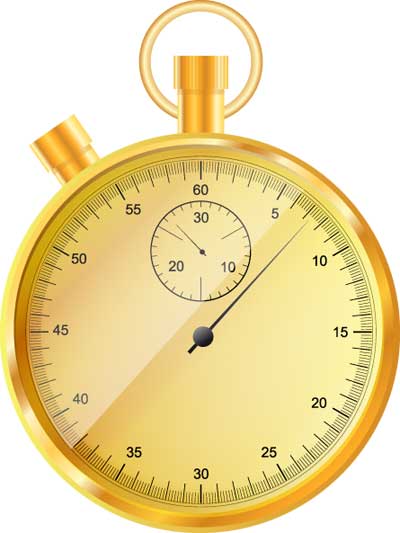
You’ve heard the stories. Respiratory care departments with 50 applicants for one opening. Managers with 100 or more resumes sitting in a file cabinet in their offices. Job candidates who can’t even get through on the phone to see if a manager received their application.
That’s the brave new world of respiratory care hiring in many parts of the country, and if you’re looking for a job in this more competitive environment, you may be wondering if there is really anything you can do to make yourself stand out from the crowd.
If your initial contact with the department is a resume, experts have some tips, and they all focus on one sad statistic: the average job recruiter spends no more than six seconds on the average resume before tossing it into a “yes” or “no” pile.
The six second figure came from a study conducted in 2012 that used sophisticated eye tracking technology to determine where – and how long – the eyeballs of recruiters landed while reviewing resumes of job candidates. Those mere six seconds were mainly focused on these six factors:
- Name
- Current title/company
- Previous title/company
- Previous position, start and end dates
- Current position, start and end dates
- Education
The study also found adding a photo to a resume may not be a great idea because on resumes with photos, 19% of those six seconds were eaten up by looking at the picture.
So, what can you do to maximize the six seconds your resume is likely to receive? Here are four tips that can help –
- Make sure the six items noted above stand out on the page. The less time the recruiter has to spend looking for them, the more time she’ll have for other aspects of your resume, like a short but well-phrased statement on your overall career goals.
- Keep the important stuff at the top of the page. Again, you want the recruiter to quickly see what he most wants to see, and having it on the top half of the page ensures that will happen.
- Keep your visual layout simple and clean and use a plain font and 11 point type or larger. Avoid large blocks of text (which can’t possibly be read in under six seconds) and add in plenty of white space to help the recruiter’s eye move more smoothly over the page.
- After you put your resume together, test it out on trusted colleagues to see what jumps off the page for them in six seconds or less. If they didn’t see what you wanted them to see, chances are the recruiter won’t either.
Six seconds certainly doesn’t seem like a lot of time to make a decision on who to call in for an interview and who to cast aside, but the reality is that busy RT managers often don’t have more than six seconds to devote to the task. Following these simple tips could help ensure your resume ends up on the “let’s get these folks in here” pile.
